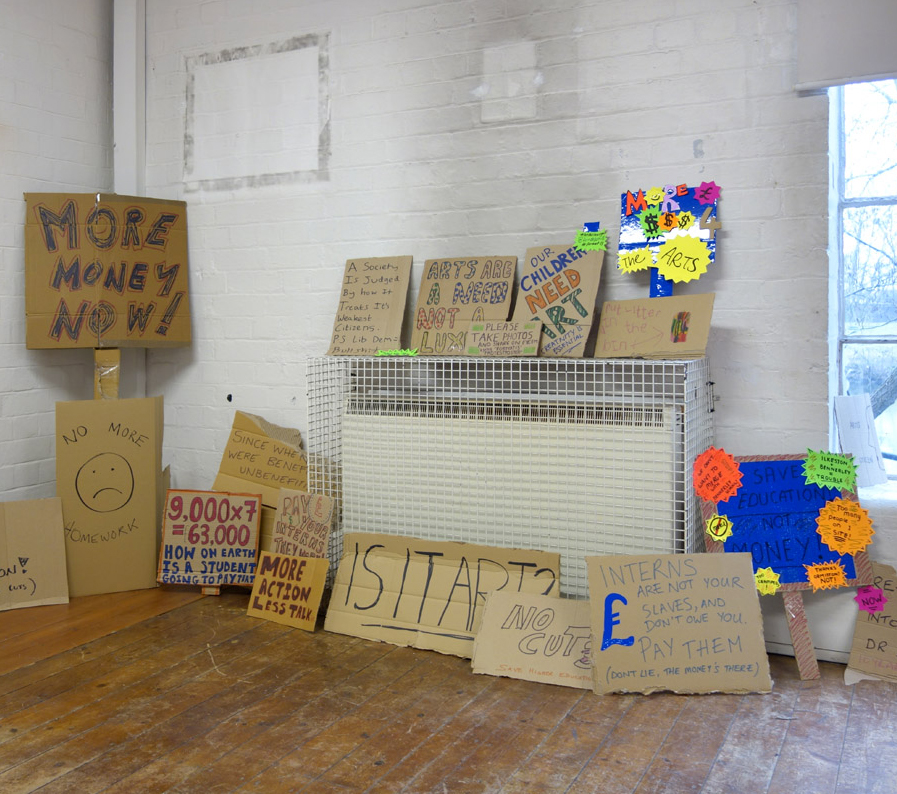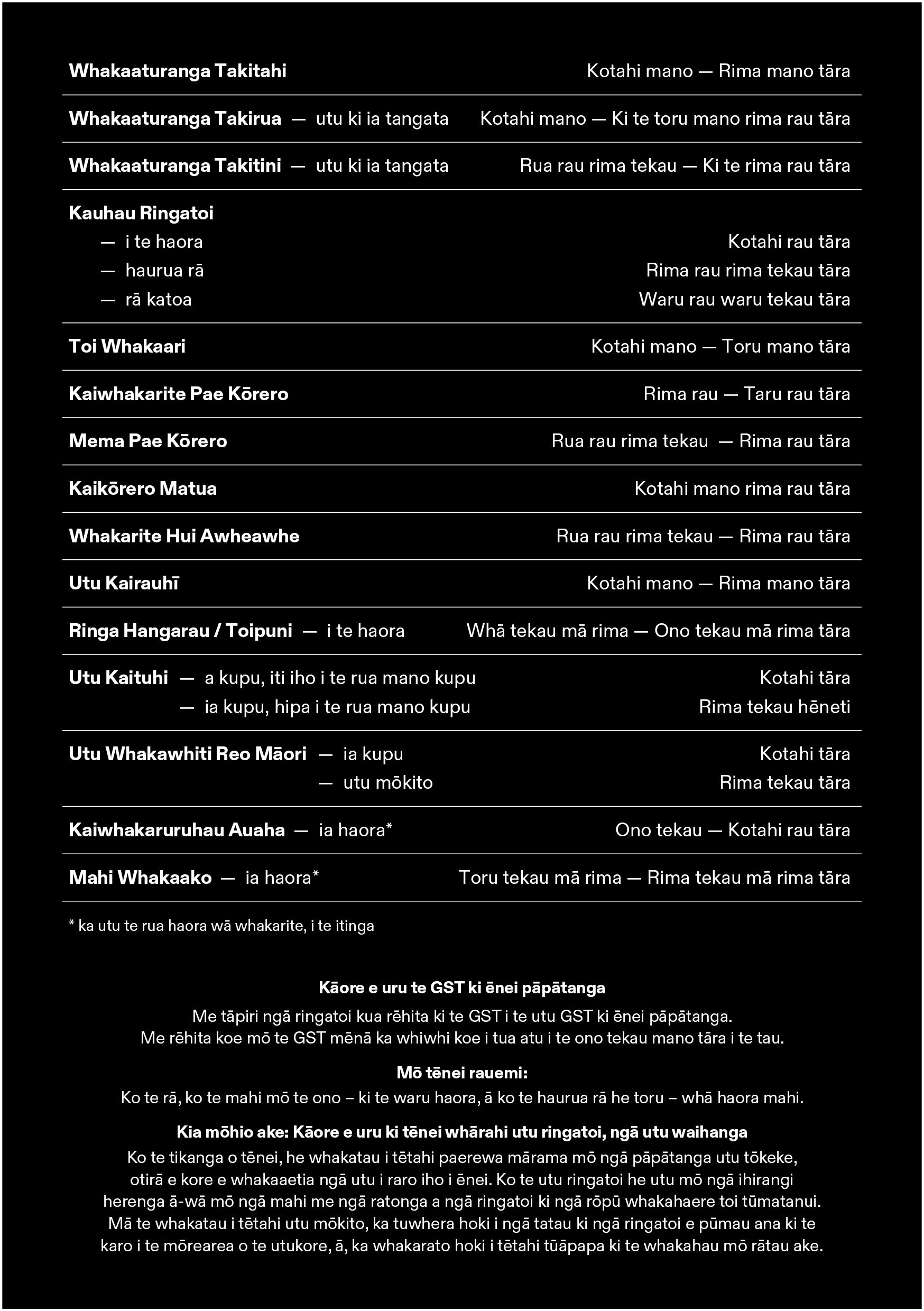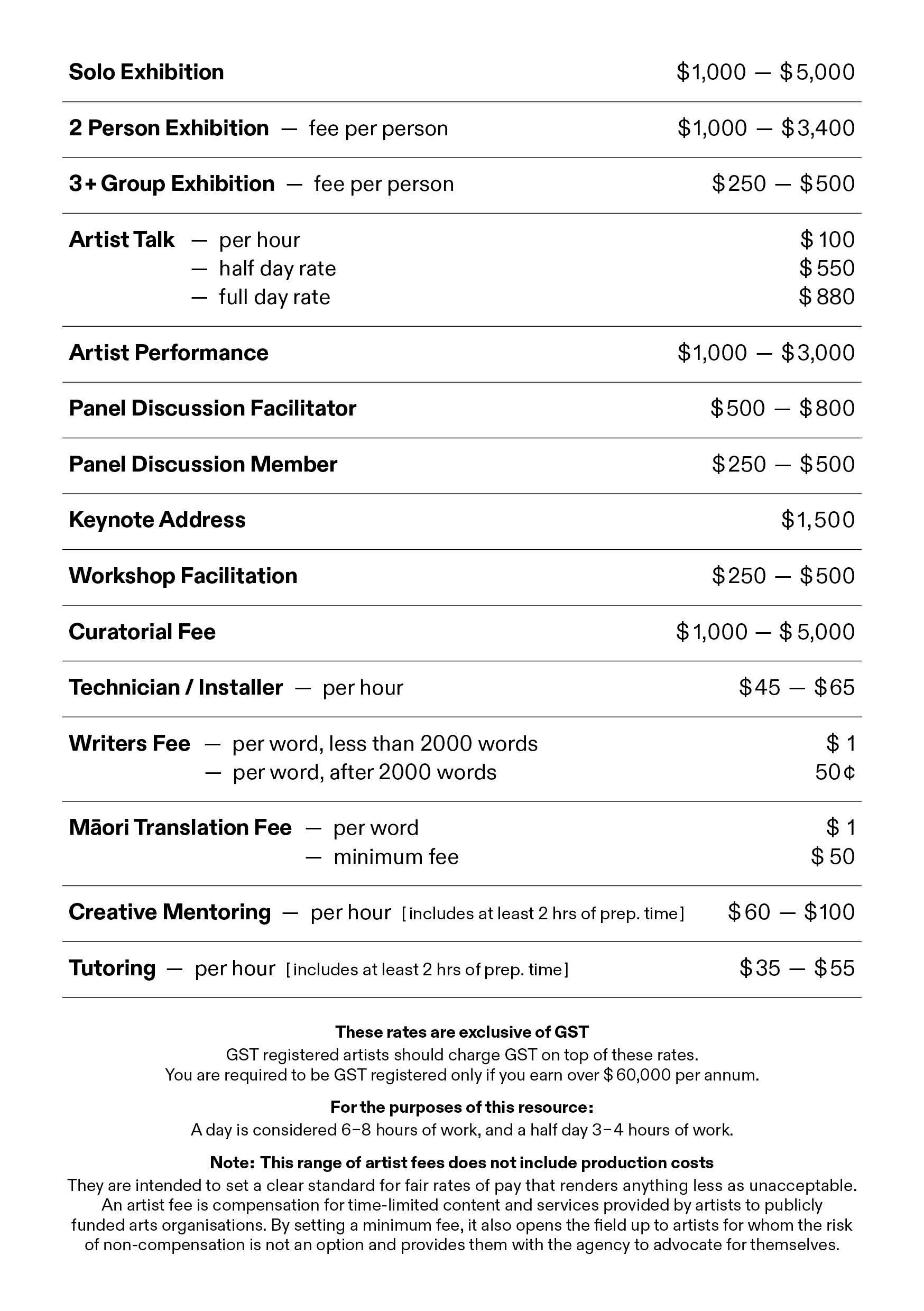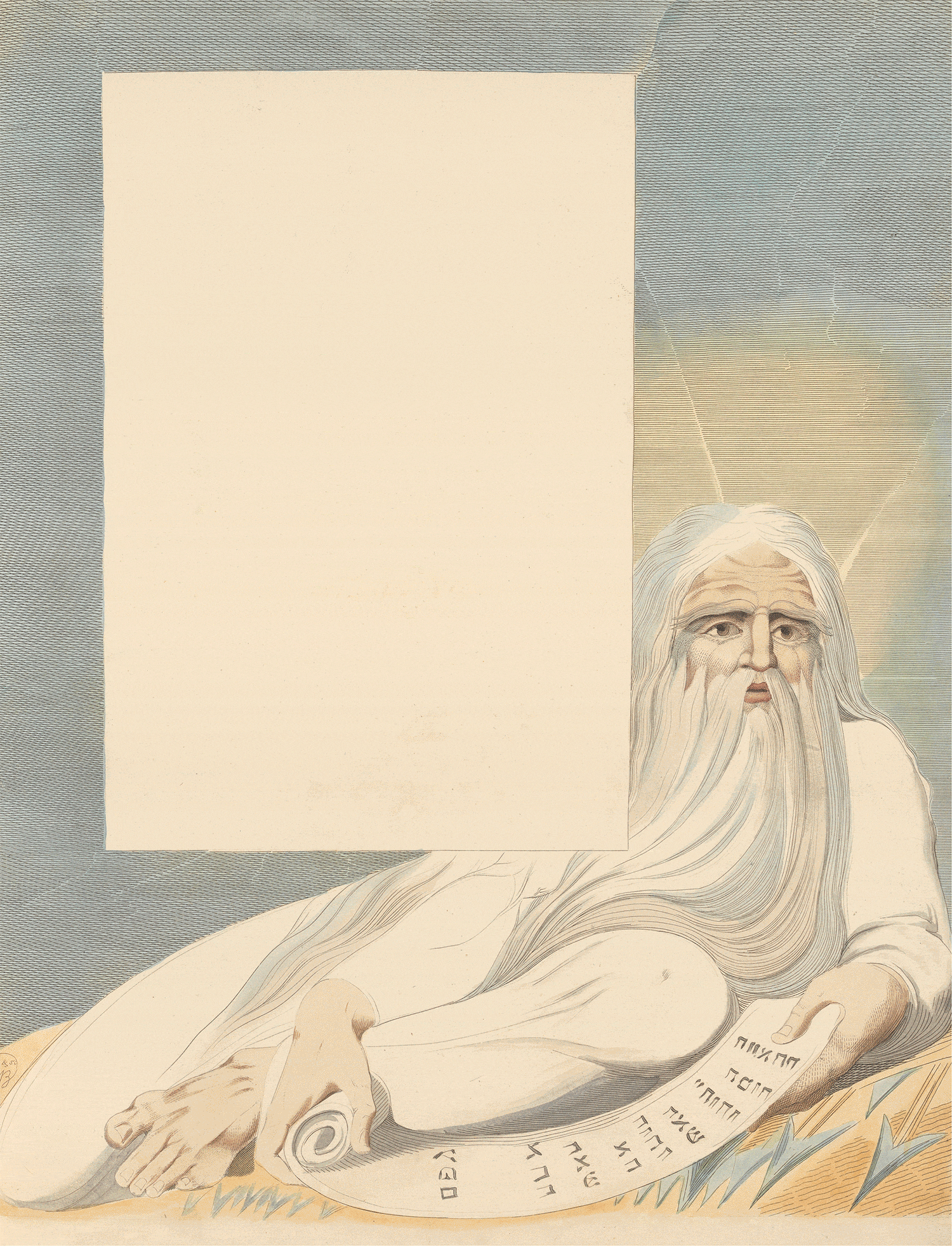/ A R T I S T S ’ F E E S
AMA advocates for the value of artists and art in the form of more paid roles in the arts and less unpaid, volunteer based internships. We want to help Aotearoa come into step with international best practice.
The art industry has relied on the backbone of volunteer time and we must fight for this labour to be paid and valued in a way that will create more jobs and better quality of life for the creative community. Creative New Zealand advises that art workers and practitioners are paid a minimum of $30 per hour.
Fair remuneration means pay rates for more experienced artists or art practitioners should be at a level above or well above the minimum wage, be in line with their skills and experience, and recognise the duration or nature of the project (e.g. contract work).

Artist Fee Guideline
An artist fee is understood as compensation for content and services provided by artists to publicly funded galleries.
The artist fees below provide a guideline for consideration to ensure a minimum for fair and reasonable payment and understand that every exhibition, artist and context is different. The rates will change with annual future inflation and community consultation.
[ Click on rates to view full screen ]

The figures were created in consultation with people from the visual art sector, including independent creative practitioners, Arts Makers Aotearoa members, the Aotearoa Public Gallery Directors Network (APGDN),
Dignity and Money Now (D.A.M.N.) and in reference to international precedence set by Working Artists and the Greater Economy (W.A.G.E, United States) and the National Association for Visual Artists (NAVA, Australia).
Taken as a minimum payment standard, the compensation floor is appropriate for smaller government funded organisations with limited means but inappropriate for those with larger budgets that can afford to pay higher fees. We understand that some self-funded artist-run spaces are not in a financial position to provide an artist fee. We encourage them to make this transparent to prospective artists and endeavour to apply for future funding to cover artist fees.
Although distinct from the artists’ fee guidelines, AMA takes the position that galleries should cover or assist artists with production costs. Alternatively, galleries should lead or collaborate with the artists to seek external funding to cover these costs.
![]()
Fair pay for artists. Money for art’s sake!
Taken as a minimum payment standard, the compensation floor is appropriate for smaller government funded organisations with limited means but inappropriate for those with larger budgets that can afford to pay higher fees. We understand that some self-funded artist-run spaces are not in a financial position to provide an artist fee. We encourage them to make this transparent to prospective artists and endeavour to apply for future funding to cover artist fees.
Although distinct from the artists’ fee guidelines, AMA takes the position that galleries should cover or assist artists with production costs. Alternatively, galleries should lead or collaborate with the artists to seek external funding to cover these costs.
Fair pay for artists. Money for art’s sake!
Definitions Definitions Definitions Definitions Definitions Definitions Definitions
Definitions Definitions Definitions Definitions Definitions Definitions Definitions
Artist Fee
An artist fee is compensation for time-limited content and services provided by artists to public art organ-isations as contracted by galleries in the course of mounting programmes, as defined by their mission.
An artist fee is not intended as compensation for the labour or materials of making art but is the expected remuneration for an artist’s temporary transactional relationship with an institution to provide content. Payment is not for the content itself but for its provision.
The artist fee is distinct and separate from basic programming costs and services, production expenses, and the purchase of artworks or copyrights. Payment of an artist fee does not imply the transfer of ownership or rights from the artist to the organisation. Any transfer of ownership or rights must be negotiated between the artist and the organisation under a separate agreement.
Artist
‘Artist’ refers to all those who supply content and services in an art gallery presenting context, including visual artists, performers, dancers, poets, filmmakers, writers, and musicians, among others. It does not distinguish between individual and collective / collaborative providers of content and services. All are covered under the term ‘artist.’
Basic Programming Costs
An artist fee is distinct and separate from basic programming costs and services. Basic programming costs are the costs associated with the basic require-ments of mounting programmes as defined by the organisation’s mission and are irrespective of specific content. These basic requirements also constitute the basic programming services an organisation must provide to artists in mounting programmes.
The provision of basic programming costs and services include:
- Provision of exhibition, performance,
or projection space
- Preparation of exhibition, performance,
or projection space for the programme
- Shipping and insurance costs when necessary
- Presentation infrastructure, including display equipment, exhibition furniture and lighting
- Documentation of exhibition or event
- Promotion of exhibition or event
- Travel and accommodation when necessary
- Obtaining and paying for image rights for commissioned and existing text
Production Costs
Production costs are also distinct and separate from basic programming costs and services and investments an organisation may make in display equipment or exhibition furniture in conjunction with the presentation of a specific programme where these remain the organisation’s property.
The organisation may negotiate reimbursement of production expenses if the work is sold subsequent to exhibition.
Production costs may include
(but are not limited to):
- Fabrication of work
- Specialised installation expenses above and beyond basic programming costs and services
- Studio rental
- Equipment rental
- Subcontracted labour by graphic designers, fabricators, performers, lighting designers, etc.
The coverage of production costs by the organisation is not required; however, organisations may not reduce or omit artist fees in connection with the coverage of production costs. Production costs and artist fees constitute separate and distinct line items in the exhibition and operating budgets.
︎︎︎ Types of Galleries ︎︎︎

Public Art Galleries
Government-run galleries, independent government-funded galleries, council-run galleries, and independent council-funded galleries.
Public galleries cover a wide range of exhibition spaces. They do not process the sale of artwork but often have a gallery shop where merchandise, books and prints are available. Public galleries often have collections and exhibit historical or themed exhibitions showcasing these collections. Some public galleries focus on curated exhibition programs, working closely with the artist(s) during the show’s development. In the case of extensive public galleries, a combination of these two styles can occur. Public galleries usually provide an artist fee to the creatives who provide content for the exhibitions. Artists do not rent these spaces. The artists involved sign contractual agreements to exhibit. Exhibition programmes are developed in advance through curatorial decisions or formal proposals. This process relies on the curatorial team of each gallery and responds to the various requirements prioritised by management and programme policies.
Community Gallery
Community galleries serve their community by providing gallery members of the local community opportunities to exhibit and sell work. There is often a commission on sales. Community galleries maximise their space by having a shop-style gallery for people to browse and buy art easily. Some of these galleries will take a commission on the sales of work. It should be outlined in a contract before the show’s installation.
Artist-Run Spaces
Artist-run spaces are galleries organised and directed by an artist or group of creatives. They are usually self-funded by the organisers or depend on funding from government funding bodies such as Creative New Zealand. Artist-run spaces are alternative exhibition spaces to mainstream galleries and will often encourage emerging artists and experimental art projects. They do not usually process the sale of work but can partake in fundraising events or art fairs. Artist-run spaces offering an artist fee depends on whether they receive funding and decisions made by the organising team. Exhibitions are not often curated but go through a proposal process. This process asks for proposals from individual artists, groups, or curators proposing new work or projects. There are usually one or two calls for proposals throughout the year, whereby the organising group collectively decides on the exhibition program for the upcoming year based on the proposals offered.
Art Museum
Art Museums do collect art. They often have historic shows based on their collection. These show are curated, but Art Museums only sell work for a particular event, such as a fundraiser.
Dealer / Commercial Gallery
Dealer or Commercial galleries are spaces run by a gallerist or dealer who buy and sell artwork. They have access to an extensive network of collectors and institutions. Dealer galleries often work with select artists depending on their styles and aesthetic tastes. In exchange for commission (a percentage of the artworks sold), the dealer commits to supporting their artists through networking, showcasing, promoting and selling artworks. These galleries take a commission of around 40-50%.
Informal Cooperative
Informal cooperatives are similar to Dealer or Commercial galleries. Rather than one gallerist who runs the space, an informal cooperative is run by a collective that makes decisions as a group and acts as a board for the business. The gallery deals with sales, media promotion, advertise-ment, and choosing the artists to show. They also take a commission on sales, usually 40%. They do not function through a call-for-proposal system.
Vanity Art Gallery / Rental Gallery
Vanity galleries are spaces where artists pay to rent either wall space or the entire gallery to show their work for a specific time and sell work. Vanity galleries offer their support in helping to promote the artist and the event of the show and will process the sale with a variable commission rate.
To view a list of art galleries and museums in Aotearoa, along with lots of other helpful information, download the AMA Resource / Rauemi pdf link here ︎